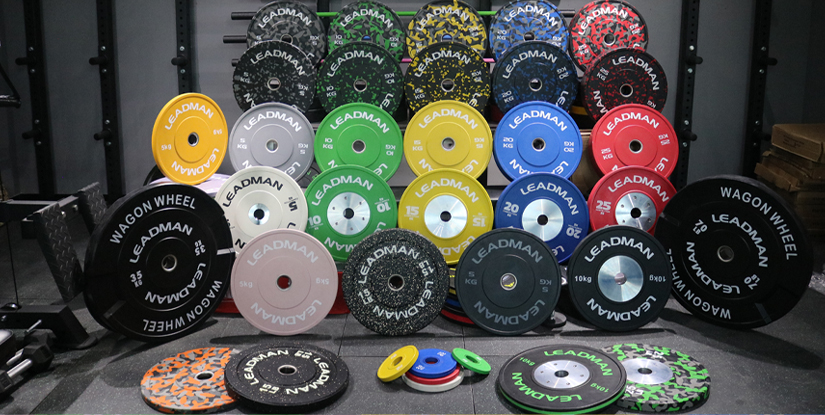Lat Pulley: Technique, Benefits, and Variations

What is a Lat Pulley?
A lat pulley is the cable-and-pulldown attachment or machine used to target the latissimus dorsi and other upper-body muscles. Often called the lat pulldown machine, it uses a weighted stack and pulley system to provide controlled resistance for vertical pulling movements.
Muscles Worked
Primary and secondary muscles engaged during lat pulley exercises include:
- Latissimus dorsi (primary)
- Biceps brachii
- Rhomboids and middle trapezius
- Rear deltoids and teres major
Proper Setup and Technique
Equipment setup
- Adjust the thigh pads so your legs are secured without excessive pressure.
- Choose an appropriate weight that allows controlled motion for 6–15 reps.
- Select a grip attachment (wide bar, V-bar, or single handle) based on your goal.
Execution steps
- Sit upright with chest lifted and feet flat on the floor.
- Grip the bar with a full hold, elbows extended but not locked.
- Initiate the pull by retracting your shoulder blades, then pull the bar to your upper chest (or to the sternum for wide grip).
- Pause briefly at the bottom with a contracted back, then control the return to full extension.
- Maintain a neutral spine and avoid excessive leaning or momentum.
Common Variations
- Wide-grip lat pulldown: emphasizes the outer lats and creates a wider V-shape.
- Close-grip pulldown (V-bar): increases activation of the middle back and biceps.
- Reverse-grip pulldown: shifts emphasis toward the lower lats and biceps.
- Single-arm cable pulldown: corrects imbalances and increases unilateral control.
- Kneeling or standing cable pulldowns: add core demand and functional carryover.
Programming Tips
- For strength: 3–6 sets of 4–6 reps with heavier weights and strict tempo.
- For hypertrophy: 3–4 sets of 8–12 reps with moderate rest (60–90 sec).
- For endurance or conditioning: 2–3 sets of 12–20 reps with lighter loads.
- Combine different grips across sessions to target the muscle from multiple angles.
Common Errors and How to Fix Them
- Using too much momentum: reduce weight and focus on scapular retraction.
- Pulling behind the neck: avoid this; it increases injury risk and reduces lat engagement.
- Rounded upper back: keep chest up and spine neutral for safe loading.
- Elbow-first pulling: initiate with the shoulder blades, then drive elbows down.
Equipment Care and Safety
- Inspect cables and attachments regularly for wear and fraying.
- Ensure weight stacks move smoothly; lubricate guides per manufacturer instructions.
- Securely fasten carabiners and check bolts on stations frequently.
- Use a spotter or lighter loads when trying maximal efforts to reduce injury risk.
Summary
The lat pulley is a versatile tool for building back strength and size when used with proper setup, technique, and progression. Choose appropriate variations and weights, prioritize scapular control, and maintain equipment to maximize benefits and minimize injury risk.
Frequently Asked Questions
- Q: Who should use the lat pulldown machine?
A: Almost anyone from beginners to advanced lifters — just pick an appropriate weight, learn the proper form, and progress gradually. If you have a shoulder issue, check with a medical professional first. - Q: How do I choose the right grip?
A: Use a wide grip to emphasize outer lats and create width, a close (V) grip for middle back and biceps, and a reverse or neutral grip to hit lower lats and biceps. Rotate grips across sessions to target the muscle from different angles. - Q: Is pulling the bar behind the neck OK?
A: It’s generally not recommended — behind-the-neck pulldowns raise injury risk and reduce lat engagement. Pull the bar to your upper chest or sternum instead. - Q: Why does my shoulder hurt when I do pulldowns?
A: Common causes are using too much weight, poor scapular control, pulling behind the neck, or a rounded upper back. Reduce weight, focus on retracting the shoulder blades, and keep a neutral spine. - Q: How should I progress strength on lat pulldowns?
A: Progress by gradually increasing load, adding a set or two, improving tempo control, or using heavier but controlled reps (4–6) for strength. Track progress and increase conservatively. - Q: What rep range is best for muscle growth?
A: For hypertrophy aim for about 8–12 reps per set with moderate rest (60–90 seconds). Mix in heavier (4–6) and lighter (12–20) days for complete development. - Q: Can lat pulldowns replace pull-ups?
A: They’re a great alternative and a stepping stone toward pull-ups. To bridge the gap, use assisted pull-ups, negatives, or gradually reduce assistance as you get stronger. - Q: Should I do single-arm pulldowns?
A: Yes — single-arm variations help correct imbalances, improve unilateral control, and increase mind–muscle connection. Include them alongside bilateral work for best results. - Q: How do I keep the machine safe and working well?
A: Regularly inspect cables and attachments for frays, ensure weight stacks run smoothly (follow manufacturer lubrication guidance), tighten bolts and carabiners, and report or fix any problems before use.

